Bioethics Forum Essay
Could Alarm Over Genetic Manipulation Get in the Way of Environmental Conservation?
I have a kind of love affair with the American chestnut tree. My colleagues at work chuckle about it; my brother sends me links to essays and news stories. But it’s a tragic love affair because the tree is pretty much dead—“functionally extinct” because of a blight that hitchhiked to North America on Asian chestnut trees that were brought here in the early twentieth century. When I was young, the skeletons of American chestnuts were still strewn across the Appalachians. Billions of the trees once covered much of the eastern half of the continent, growing to their most massive and magnificent in the rainy mountains of my native Tennessee. A few large specimens hang on, and saplings still sometimes struggle up from old stumps, but basically the tree is defunct.
Unless science can rescue it. I’m sorry to put it that way: “technofixes” can be unsatisfactory. On the other hand, they can sometimes be pretty great. (See “Covid, vaccine.”) There are two possible rescues under consideration for the American chestnut, one involving highly controlled crossbreeding with Asian chestnuts, and another involving genome editing and wheat. The genome editing approach awaits approval by the U.S. Department of Agriculture, but it’s alarming to many people. My guess is that, to many people, crossbreeding just seems simpler, safer, truer to nature. So the question is, How far do we go to put science to use to try to save our disappearing world?
Which brings me to a recent, prominent essay in the New York Times about new strategies scientists are developing for saving species. The essay, by Tim McDonnell, a reporter who covers environmental issues, focuses on things done to animals, but its core claims apply just as well to things done to plants, and (so as not to exclude my beloved trees) I’ll think more broadly here. McDonnell calls for “extreme caution” about these strategies because biological alterations of nature have historically often not gone well, as shown when humans introduce a new species to an environment. This is true. McDonnell mentions predators that are brought in to eat a nonnative pest but that devour hapless native things, but there are also ornamental flowers and vines that escape the garden and devour the countryside; beloved pets that grow up and get difficult and get dumped into a pond, where they become much more difficult; and all sorts of hitchhiking things that get dropped off in a new land and make a home there, killing off existing inhabitants. “If that can happen simply by introducing a new species to a sensitive ecosystem,” McDonnell warns, “what might happen if scientists introduced, as some have suggested, a new gene?” For McDonnell, as for those alarmed by a genetically edited chestnut, introducing a new gene apparently seems vastly worse than introducing a new species.
Why would that be, though? Is a gene more significant than a species? I believe we often think of genes that way. They are “the language of life” or “the book of life,” the “code” for living things: such metaphors can suggest that a genome gives a species its essence. An organism is a physical instantiation of the more esoteric species essence. So, to change genes is to do something that’s contrary to nature at a very deep level, maybe a religious or spiritual level.
Another way to think about genes, though, is to see them just as parts of organisms—parts that, interacting with each other and with other parts of organisms, such as the epigenome, lead to organisms’ appearances and behaviors. So understood, there’s no reason at the outset to think that introducing a gene is worse than introducing an entire organism. Because it’s a gene, not a whole organism, it might be better—simpler, safer, less contrary to nature. We could change McDonnell’s question to this: if introducing a new species is highly risky, what might happen if scientists simply introduced, as some have suggested, a new gene? Of course, that’s a question that requires study: we need to gain some understanding of the effects the gene has on the organism and, through the organism, on the ecosystem.
Conversely, another way to think about a species is in terms of its genome. To introduce a species to an ecosystem is, in effect, to introduce an entire genome. It might be simpler, safer, less contrary to nature to simply introduce a gene.
The American chestnut illustrates this point in fractions. The crossbreeding strategy involves crossbreeding American chestnuts with Asian chestnuts to transfer as much as possible of the Asian chestnut’s blight resistance to the American chestnut, then backcrossing the offspring with other American chestnuts in hopes of getting as much of the Asian chestnut’s other features back out of the offspring. It has a different growth habit. In the best hybrids so far developed, roughly 9/10 (although one grower claims 15/16) of the tree’s genome can be traced to American chestnuts. But that means that fully 1/16 or more of the genes are from the Asian chestnut genome. In effect, introducing such a tree into the environment means introducing lots of genes.
This is sort of a sad outcome for those who want to see the American chestnut stagger back from the edge of its grave: the tree could be significantly different from what it was, and it still might not have great blight resistance. Spurred by those limits, scientists at SUNY College of Environmental Science and Forestry came up with another idea some years ago: wheat has the ability to fight off funguses like chestnut blight, and inserting the relevant gene into an American chestnut genome produces a tree whose genome is entirely like that of other American chestnuts, except that it includes a gene that confers excellent blight resistance. The question, then, is whether that introducing that gene is riskier than, in effect, introducing a new tree.
Such thinking matters because what McDonnell really gets right is that many, many species are in dire straits, and we need to look at new strategies for preserving them. Alongside calling for extreme caution, in fact, McDonnell warns that “there’s little time left for a laissez-faire approach to conservation” and that “radical measures to safeguard biodiversity” must be on the table. It’s not entirely clear how McDonnell squares extreme caution with quick action on radical measures, but, presumably, a precautionary approach to science must be developed that’s consistent with moving forward with science: we need a way of studying new strategies, and collecting wide expert and public input into them, that allows us to use those that make sense. That sounds right, too. My own view is that genome editing strategies warrant study. And they might not always even be as radical as they seem.
Gregory Kaebnick, PhD, is a Hastings Center research scholar and editor of the Hastings Center Report. (@KaebnickG)
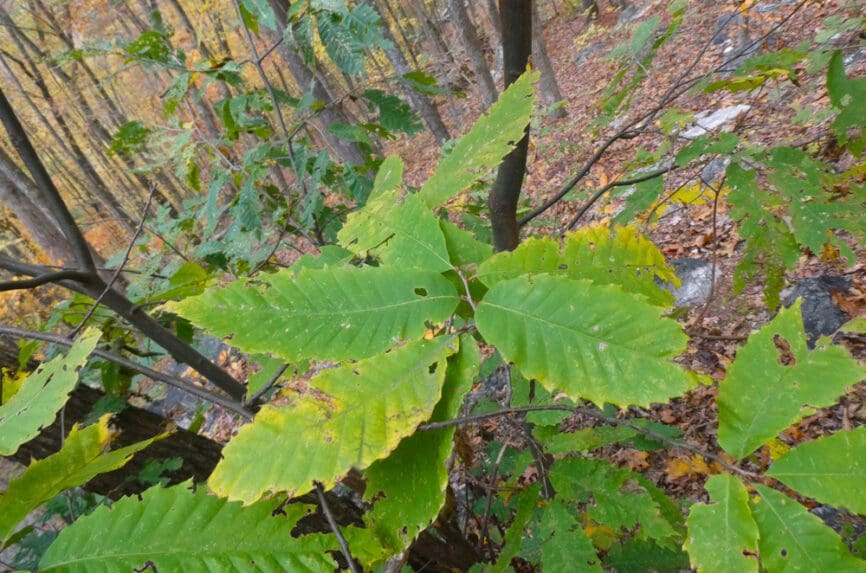
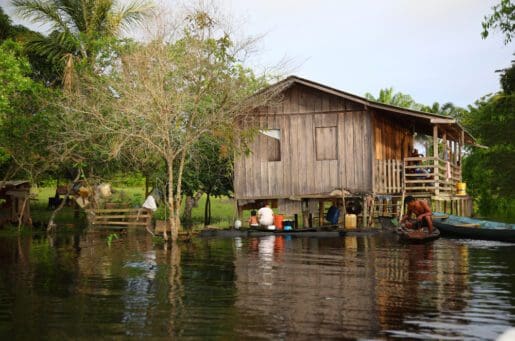
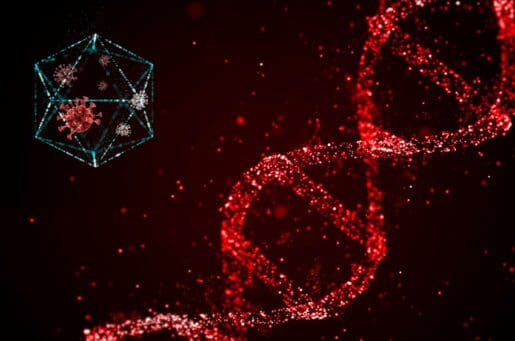


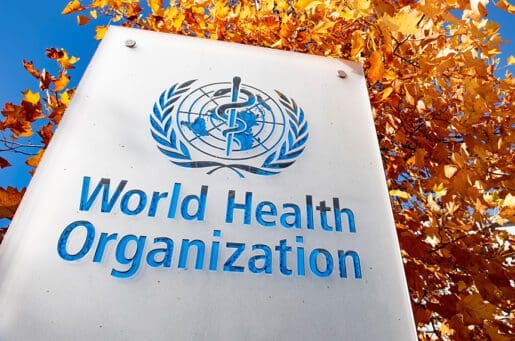
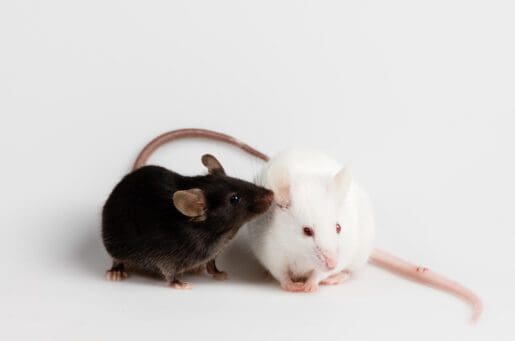
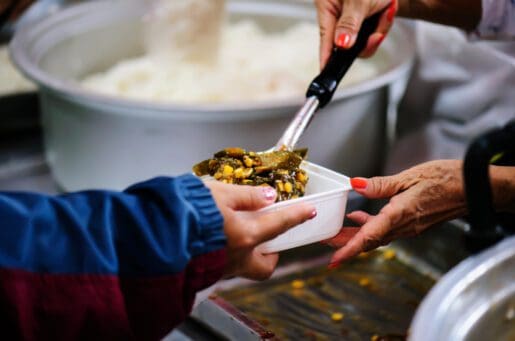
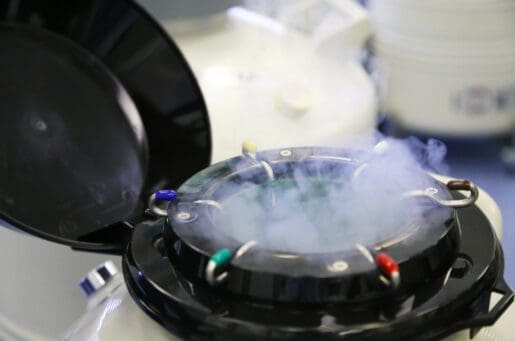

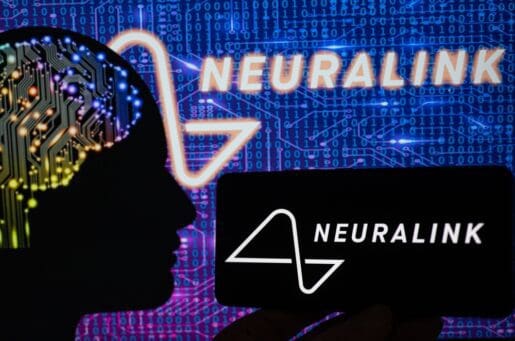
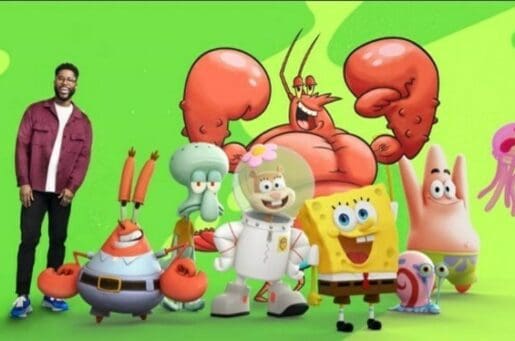
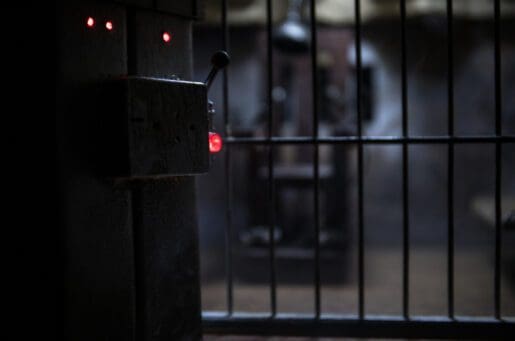
A contribution of gentle persuasion. Asking, “Isn’t only one new gene better than many?” Also only asking for a look, consideration. Genetic modification also plays better when it is to rescue a “member” of our ecosystem being attacked by a new pathogen, than to eugenically “improve” a species with uncertain other ramifications. The uncertainties may not be different in magnitude, but our risk-aversion may be less when we are trying to keep what we have, than pursuing more than we have.
The problem is that once the process is approved it will not be used for such good purposes as restoring san extirpated key ecosystem component. We can expect, i.e., that large industrial forestry companies will want to plant trees genetically engineered to grow faster or be rectangular or be resistant to native parasites and pathogens, which would be ecologically disastrous. Keep in mind that we are a mis-named species; Homo intelligentsia fits much better than Homo sapiens.